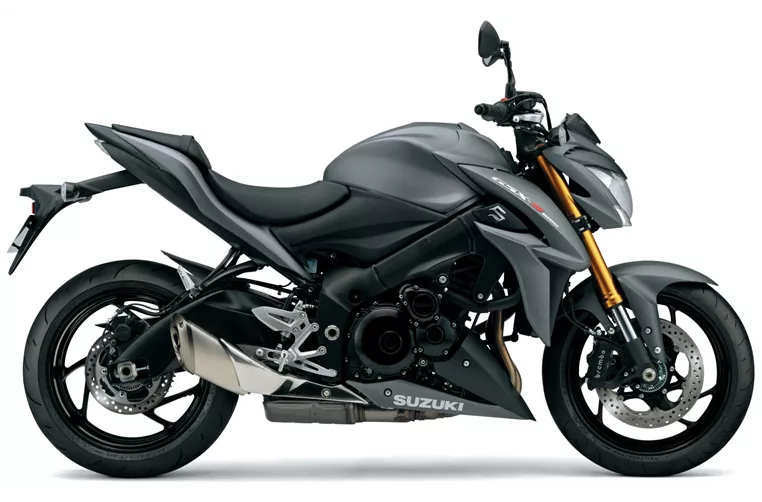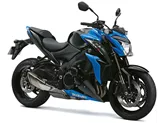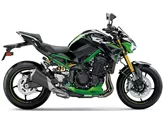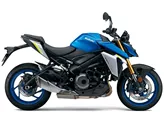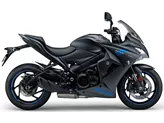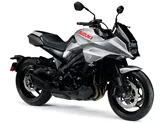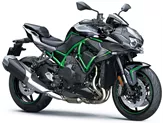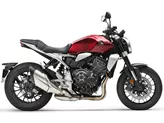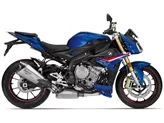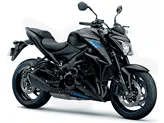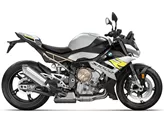Kawasaki Z1000 2013 vs. Suzuki GSX-S1000 2015

Kawasaki Z1000 2013

Suzuki GSX-S1000 2015
Overview - Kawasaki Z1000 2013 vs Suzuki GSX-S1000 2015
The Kawasaki Z1000 2013 and Suzuki GSX-S1000 2015 are both naked bikes with similar engine types, inline 4-cylinder engines with liquid cooling. However, there are some notable differences between the two models.
In terms of engine power, the Suzuki GSX-S1000 2015 has a slight advantage with 149 HP compared to the Kawasaki Z1000 2013's 138 HP. The Suzuki also has a higher torque of 106 Nm compared to the Kawasaki's 110 Nm. This means that the Suzuki may have better acceleration and overall performance.
Both bikes have upside-down telescopic fork front suspensions with adjustable compression, preload, and rebound settings. The Suzuki GSX-S1000 2015 also has adjustable preload and rebound settings for the rear suspension, while the Kawasaki Z1000 2013 has adjustable compression, preload, and rebound settings for the rear suspension. This means that the Suzuki may offer more customization options for the suspension setup.

Kawasaki Z1000 2013
In terms of chassis, both bikes have aluminum frames. However, the Kawasaki Z1000 2013 has a double cradle frame type, while the Suzuki GSX-S1000 2015 has a twin tube frame type. The choice of frame type can affect the overall rigidity and handling characteristics of the bike.
Both bikes have double disk front brakes with four pistons and radial technology. This means that they both offer strong braking performance. However, the Suzuki GSX-S1000 2015 does not have the "petal" technology that the Kawasaki Z1000 2013 has. Petal brakes are designed to dissipate heat more efficiently, which can be beneficial during aggressive riding or track use.
In terms of dimensions and weights, both bikes have the same front and rear tire widths and diameters. The Suzuki GSX-S1000 2015 has a slightly longer wheelbase of 1460 mm compared to the Kawasaki Z1000 2013's 1440 mm. Both bikes have the same seat height of 815 mm. However, the Suzuki has a larger fuel tank capacity of 17 liters compared to the Kawasaki's 15 liters.

Suzuki GSX-S1000 2015
In terms of strengths, the Kawasaki Z1000 2013 is praised for its powerful engine, rich sound, and unique design. On the other hand, the Suzuki GSX-S1000 2015 is praised for its legendary Suzuki engine, sharp sound, rev-happy nature, harmonious tuning, pleasing design, strong brakes, taut chassis, and lack of performance cheating.
In terms of weaknesses, the Kawasaki Z1000 2013 lacks traction control and has a nervous chassis. The Suzuki GSX-S1000 2015 is criticized for its old base, weak performance in the rev range, and load change.
Overall, both the Kawasaki Z1000 2013 and Suzuki GSX-S1000 2015 have their own strengths and weaknesses. The choice between the two will depend on the rider's preferences and priorities.
Technical Specifications Kawasaki Z1000 2013 compared to Suzuki GSX-S1000 2015
Pros and Cons in comparison
Pros and Cons in comparison
Kawasaki Z1000 2013
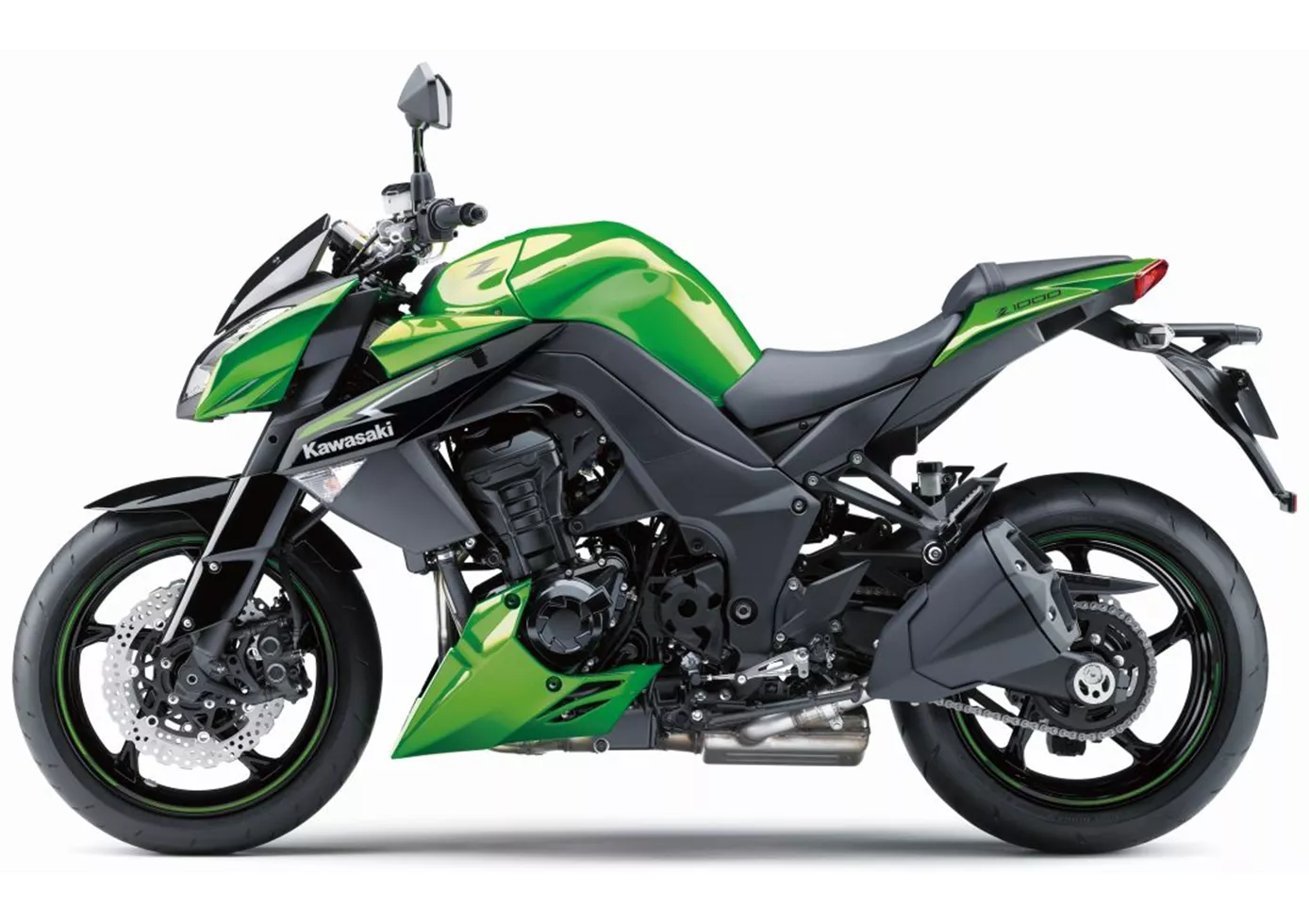
All in all, the new Z1000 is a successful further development of its predecessor. The lack of traction control is more of a marketing problem than a problem for end customers.
Suzuki GSX-S1000 2015
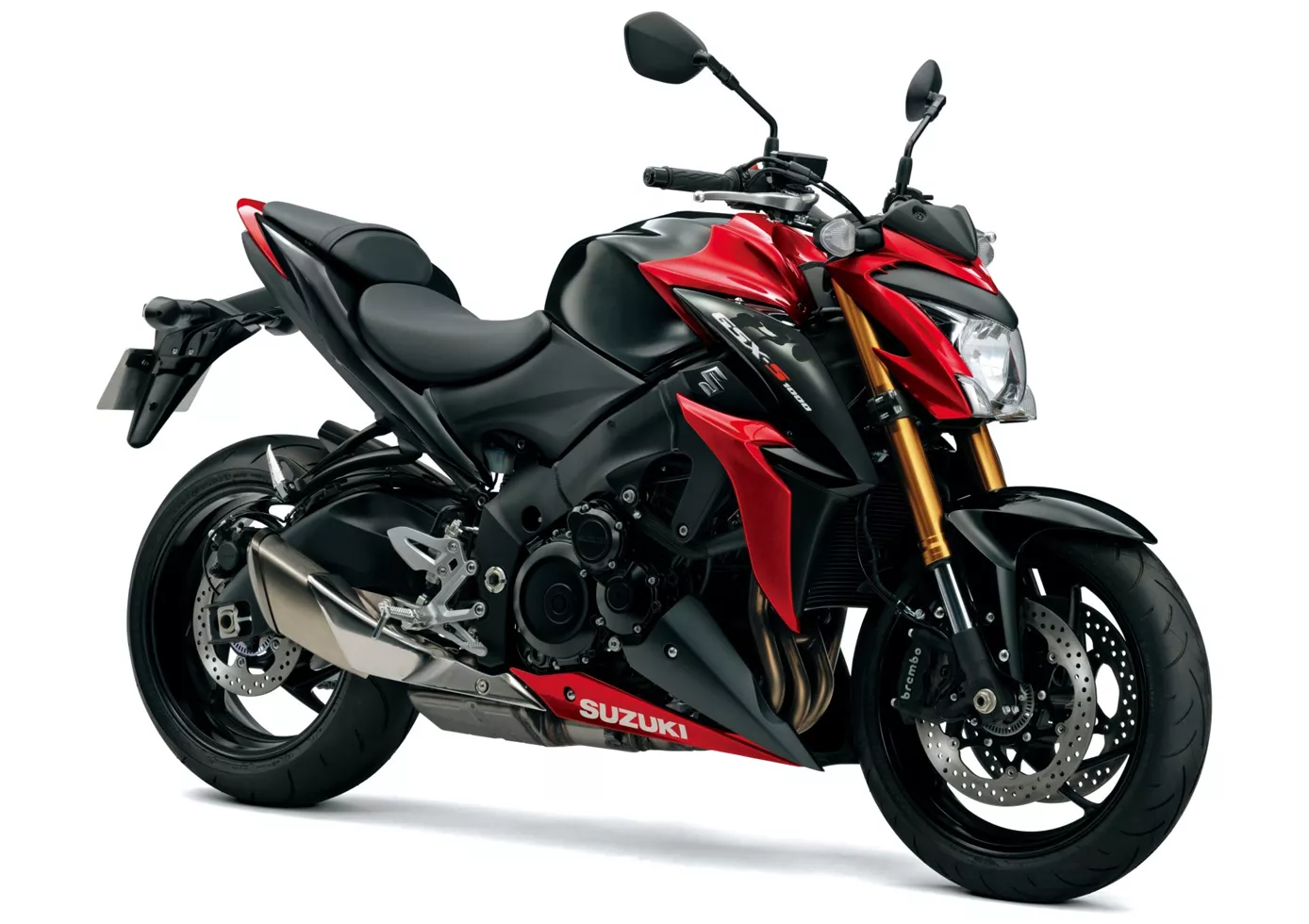
The GSX-S1000 is an honest motorbike in terms of performance and handling. You get even more than stated on paper, but you have to get the four-in-line up to speed first. As a rider, you have the feeling that you are still in command, even if the GSX-S is no longer completely without standard riding assistance systems - which work extremely well. Contact with the road feels direct, the dynamics are precise and transparent. Not only in terms of design can this naked bike give pleasure for many years to come, the somewhat outdated basis is quickly forgotten.
Price Comparison Avarage Market Price Kawasaki Z1000 vs Suzuki GSX-S1000
There are a few key differences between a Kawasaki Z1000 2013 and a Suzuki GSX-S1000 2015. In terms of price, the actual average price of a Kawasaki Z1000 2013 is about 9% higher. Compared to Suzuki GSX-S1000 2015 there are less Kawasaki Z1000 2013 bikes available on the 1000PS.de Marketplace, specifically 4 compared to 6. It takes less time to sell a Kawasaki Z1000 with 69 days compared to 86 days for a Suzuki GSX-S1000. Since model year 2005 1000PS.de editors have written 41 reviews for the Kawasaki Z1000 and 36 reviews for the Suzuki GSX-S1000 since model year 2015. The first review for the Kawasaki Z1000 was published on 02/09/2002 and now has more than 5,800 views. This compares to more than 17,100 views for the first review on Suzuki GSX-S1000 published on 27/09/2014.

